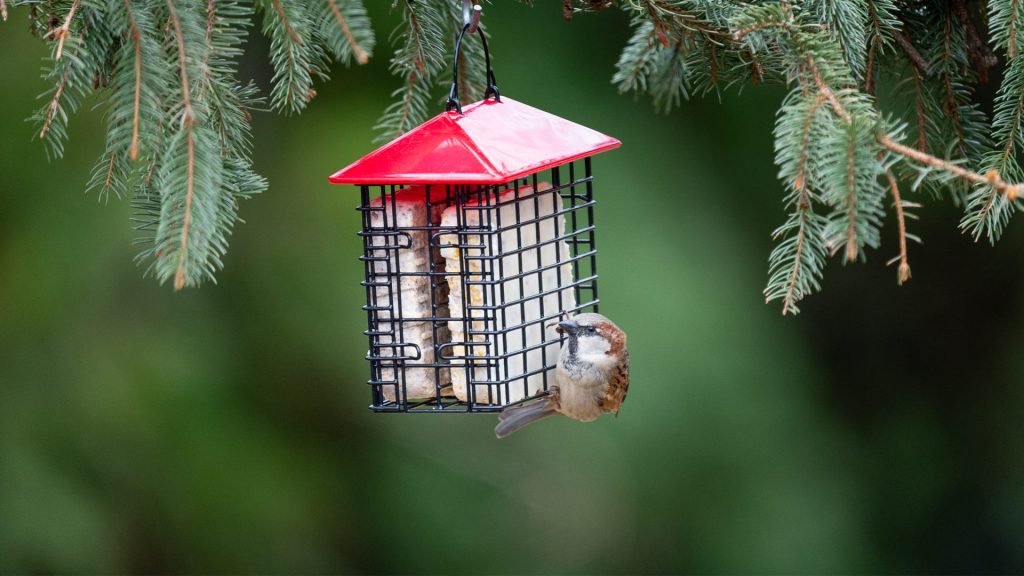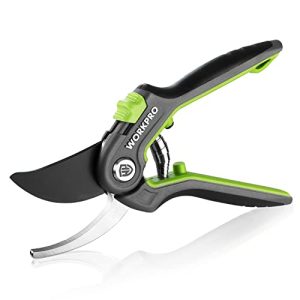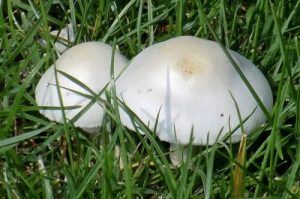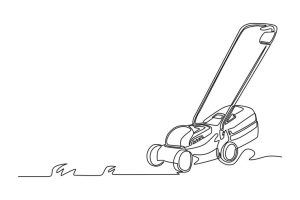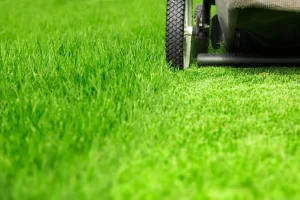Are you looking to bring more feathered friends into your backyard? Hanging a suet bird feeder might be just what you need.
Imagine your mornings filled with the cheerful chirping of birds as they flutter around, enjoying the feast you’ve provided. It’s not just a delightful way to enhance your garden, but also a simple method to support local wildlife. But how exactly do you hang a suet bird feeder to attract the most visitors?
If you’re eager to transform your outdoor space into a lively bird haven, you’re in the right place. We’ll guide you through the easy steps to ensure your feeder is both inviting to birds and convenient for you. Get ready to discover the secrets that will make your backyard the talk of the avian community!
Choosing The Right Suet Feeder
Select a sturdy branch or pole to hang your suet feeder. Ensure it’s within reach for easy refilling. Position it away from predators to keep birds safe.
Choosing the right suet feeder is an important step in creating a welcoming environment for your feathered friends. Selecting the perfect suet feeder can be the difference between a flourishing bird sanctuary and a neglected backyard. This section will guide you through the essentials of making the best choice for both your needs and those of the birds.Understanding Suet Feeder Types
Suet feeders come in several varieties, each catering to different bird species and feeding habits. Cage feeders are the most common and versatile, allowing easy access to birds while keeping the suet secure. Log feeders, crafted from natural wood, offer a more rustic touch and attract woodpeckers. Mesh bags are lightweight and portable, great for smaller birds like chickadees. Consider your local bird population before making a choice.Material Matters
The material of your suet feeder can greatly influence its durability and attractiveness. Metal feeders are robust and withstand harsh weather, while plastic feeders are lightweight and often more affordable. Wooden feeders blend seamlessly into nature but require more maintenance. Think about the climate in your area and how much upkeep you’re willing to handle.Size And Capacity
How much suet do you want to offer? A larger feeder means less frequent refills, which is convenient if you have a busy schedule. However, a smaller feeder might be preferable if you want to ensure freshness and avoid spoilage. Reflect on the number of birds you hope to attract and how often you can refill the feeder.Accessibility For Birds
Birds should easily access the suet without any obstacles. Look for feeders that allow multiple birds to feed simultaneously. Ensure the design protects the suet from rain and snow, which can make it soggy and unappealing. Remember, a good feeder makes feeding easy for birds but challenging for pests like squirrels.Ease Of Cleaning
A clean feeder is essential for the health of your visiting birds. Choose a suet feeder that is easy to disassemble and wash. Regular cleaning prevents mold and disease, keeping your avian friends healthy and happy. How often do you want to clean your feeder? This will guide you in choosing a design that suits your routine. Selecting the right suet feeder is about balancing your needs with those of the birds. What type of feeder do you think will work best in your backyard? Let your environment and bird community guide your decision, ensuring a thriving haven for wildlife.Selecting The Best Suet
Birds love suet, especially during cold months. It provides essential energy. Selecting the best suet can attract more birds to your feeder. Here’s how to make a choice.
Understand Bird Preferences
Different birds prefer different suet flavors. Woodpeckers love peanut-based suet. Bluebirds enjoy berry-flavored suet. Knowing bird tastes helps in choosing the right suet.
Choose High-quality Ingredients
High-quality suet includes pure fats and no fillers. Check ingredient labels for natural elements. Avoid suet with preservatives or artificial flavors.
Consider Seasonal Needs
In winter, birds need high-energy suet. In warmer months, lighter suet works best. Seasonal selection ensures birds get the needed nutrients.
Evaluate Packaging Options
Suet comes in various packages. Choose cakes for easy handling. You can also select logs for larger feeders. Packaging affects storage and feeder compatibility.
Check For Safety
Ensure suet packaging is safe for birds. Avoid packaging with sharp edges. Birds should access suet easily without risks.
Identifying Ideal Locations
Choose a quiet spot away from predators to hang your suet bird feeder. Ensure it’s visible to birds, and near trees or bushes. This offers shelter and easy access for feeding.
Identifying the perfect spot for your suet bird feeder can make a world of difference in attracting a vibrant array of feathered friends to your yard. The right location not only ensures a steady stream of visitors but also keeps them safe and comfortable. Let’s dive into some key aspects to consider when choosing the best spot for your suet feeder.Considering Bird Preferences
Birds are picky diners. They prefer feeders located near trees or shrubs, which provide them with a quick escape route. Imagine your feeder as a cozy café with a scenic view. Placing it near branches allows birds to feel secure while they dine. If you’re unsure about the species in your area, take a walk around your neighborhood. Notice where birds naturally congregate. This can give you clues about their preferred spots.Safety From Predators
Safety is a top priority for birds. You don’t want your feeder to become a buffet for predators. Position it at least 10 feet away from potential hiding spots for cats or other predators. Elevating the feeder can also deter ground-based threats. Consider using a baffle or a pole to keep sly climbers at bay. This small precaution can make a big difference in keeping your feathered visitors safe.Weather Protection
Weather conditions can significantly impact the effectiveness of your suet feeder. Direct sunlight can cause suet to melt, while wind can make feeders swing and scare off birds. Find a spot that offers some protection from harsh weather. A location under a sturdy tree or near a building can provide shelter from the elements. This ensures your feeder remains a welcoming haven, come rain or shine. Choosing the right location for your suet bird feeder can be a delightful experiment. Have you noticed any particular spots where birds seem to gather in your yard?
Gathering Necessary Tools
Before you can start attracting beautiful birds to your backyard, you need to gather the essential tools to hang a suet bird feeder. Missing even one key item can lead to frustration and a less effective setup. So, let’s ensure you have everything you need for a successful bird-feeding experience.
Have you ever set out to complete a project only to find you’re missing a crucial item? When hanging a suet bird feeder, a few specific tools are essential for a smooth setup.
Suet Feeder
The first item on your list should be a sturdy suet feeder. Choose one that is durable and easy to clean. Consider the size and type of birds you want to attract. A personal tip: I once opted for a smaller feeder, only to watch larger birds struggle to access the suet.
Hanging Hook Or Chain
A hanging hook or chain is crucial for securing your feeder. Make sure it’s strong enough to hold the weight of the feeder and any visiting birds. Picture this: A lightweight chain might seem fine, but a sudden gust of wind could send your feeder tumbling.
Screwdriver Or Drill
You may need a screwdriver or drill to attach the hook or chain to a tree branch or a pole. Ensure the drill bits match the type of wood or material you’re working with. I once used the wrong size bit and ended up with a precariously hanging feeder. Lesson learned!
Weatherproof Gloves
Weatherproof gloves are a smart choice to protect your hands, especially in colder months. Handling tools with cold fingers is challenging and uncomfortable. Your comfort matters in making this a pleasant experience.
Level
A level can ensure your feeder hangs straight, preventing suet from spilling. It might seem trivial, but a crooked feeder can deter birds from visiting. Ever tried to eat from a tilted plate? Birds feel the same way!
With these tools in hand, you’re well on your way to creating a welcoming space for birds. Do you have everything on the list? If not, now’s the time to gather them. Preparing thoroughly will enrich your bird-watching experience and bring nature closer to your home.
Installing The Feeder
Hanging a suet bird feeder is a delightful way to attract feathered visitors to your garden. The installation process can make or break your bird-feeding experience. You want it to be secure, accessible, and visible to your avian guests. Let’s dive into the practical aspects of installing the feeder so you can enjoy a bustling bird haven right outside your window.
Securing To Trees
Securing a suet feeder to a tree can be both effective and visually pleasing. Choose a sturdy branch that can support the weight of the feeder. Make sure it’s at least five feet off the ground to keep it out of reach of curious wildlife.
Use durable wire or twine to wrap around the branch and the feeder. If the branch is too thick, consider using a hook to hang the feeder securely. Check the feeder’s stability by giving it a gentle tug. Does it feel secure? If not, adjust and tighten your setup.
Using Poles And Hooks
Poles and hooks offer flexibility in placement. Opt for a metal pole with a hook designed for bird feeders. These poles are available in varying heights, allowing you to choose one that fits your landscape.
Position the pole in an open area where birds have a clear view. A shepherd’s hook works wonders for hanging suet feeders. It’s easy to install and can be moved if needed. Consider adding a baffle to the pole to deter squirrels and other animals.
Adjusting For Height
Height plays a crucial role in the success of your feeder. Birds need to feel safe while feeding. Aim for a height that is comfortable for them but out of reach for predators. Typically, six to ten feet off the ground works well.
Adjust the height based on the type of birds you wish to attract. Smaller birds may prefer lower feeders while larger birds might opt for higher ones. How does your feeder’s height compare to the surrounding vegetation? Ensure it’s not too close to dense foliage where predators might hide.
Installing your suet feeder correctly not only attracts birds but also enhances your garden’s charm. Have you checked how your installation looks from different angles? A well-placed feeder can transform your outdoor space into a lively birdwatching spot.
Maintenance And Cleaning
Keeping your suet bird feeder clean is essential. It ensures birds stay healthy and return often. A well-maintained feeder attracts a variety of birds. It also prevents the spread of diseases. Regular cleaning and inspection can extend the life of your feeder. Let’s explore how to maintain your suet bird feeder effectively.
Regular Cleaning Schedule
Establish a cleaning routine for your feeder. Clean it every two weeks, at least. More often during wet or humid weather. Birds can leave behind droppings and old suet. These can attract pests and grow mold. Remove any uneaten suet and debris. Use warm water and mild soap for cleaning. Rinse thoroughly to remove any soap residue. Let the feeder dry completely before refilling.
Inspecting For Wear
Regularly check your feeder for any damage. Look for cracks, rust, or broken parts. These can harm birds or waste suet. Ensure hooks and hangers are secure. Replace any damaged parts immediately. A well-maintained feeder lasts longer. It keeps birds safe and happy. Examine the feeder’s structure for stability. A sturdy feeder withstands weather changes.
Attracting Different Bird Species
Hanging a suet bird feeder can attract various bird species to your garden. Place the feeder at least five feet off the ground to keep it safe. Choose a shaded spot to prevent the suet from melting quickly.
Attracting a variety of bird species can transform your garden into a lively oasis. Different birds bring unique songs, colors, and behaviors. Hanging a suet bird feeder is an effective way to attract them. By choosing the right suet and adjusting its placement, you can appeal to diverse bird species.Choosing Varied Suet Types
Different suet types attract different birds. Use peanut-based suet to draw woodpeckers. They love its high-energy content. Berry-flavored suet attracts songbirds. Their sweet tooth makes this a favorite. For insect-eating birds, choose suet with mealworms. Sparrows and nuthatches will visit often. Mix and match suet types. Experiment to see which birds come.Adjusting Placement
Placement influences which birds you attract. Hang feeders in shaded areas for cooler temperatures. This prevents suet from melting. Place feeders near shrubs or trees. Birds feel safer with nearby cover. Hang feeders at different heights. This attracts species that prefer specific levels. Keep feeders away from busy areas. Birds prefer quiet feeding spots. Adjust placement regularly. Discover what works best in your garden.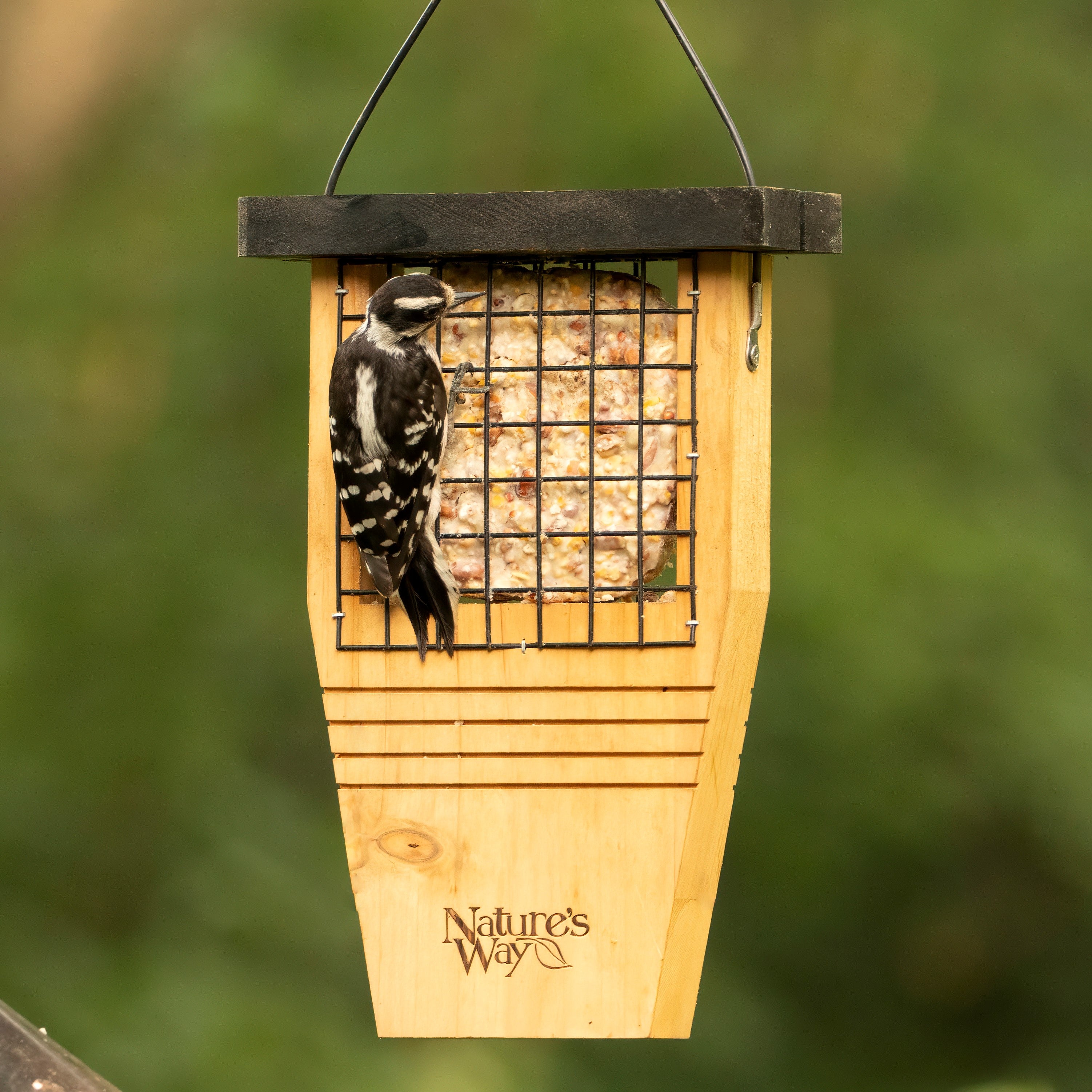
Troubleshooting Common Issues
Hanging a suet bird feeder can be rewarding, attracting colorful birds. But sometimes, common issues arise that can disrupt the experience. Knowing how to handle these problems ensures your feeder remains a haven for birds. This section will guide you through troubleshooting frequent challenges.
Deterring Squirrels
Squirrels love suet and often raid bird feeders. To keep them away, choose a location that’s hard for squirrels to access. Hang your feeder from a thin wire or string. Add a baffle above the feeder to prevent climbing. Squirrel-proof feeders are another option. They come with cages or mechanisms that deter squirrels.
Addressing Mold And Spoilage
Mold can form quickly on suet, especially in warm weather. Check your feeder often and remove spoiled suet immediately. Use smaller pieces to prevent spoilage. Consider suet cakes with preservatives for longer freshness. Keep the feeder dry by choosing a shaded location. An occasional cleaning helps maintain a healthy environment.

Frequently Asked Questions
What Is The Best Way To Hang A Suet Feeder?
Hang a suet feeder on a sturdy tree branch or hook. Ensure it’s 5-7 feet above the ground. Place it in a shaded, quiet area to attract birds. Keep it away from predators and refill it regularly. Maintain cleanliness to prevent mold and disease.
What Is The 5 7 9 Rule For Bird Feeders?
The 5 7 9 rule for bird feeders suggests placing feeders at 5, 7, and 9 feet high. This attracts different bird species, providing varied feeding opportunities. Ensure feeders are accessible for maintenance and protected from predators. Adjust heights based on bird behavior and feeder location for optimal results.
How To Hang Suet Without A Cage?
Hang suet without a cage by using a sturdy string or wire. Securely tie it to a tree branch. Ensure it’s high enough to deter predators. Alternatively, push suet directly into the bark. This method attracts woodpeckers and clinging birds.
Regularly check the suet to ensure it remains secure.
What Is The Best Way To Hang Up A Bird Feeder?
Hang the bird feeder in a safe, visible spot. Ensure it’s away from predators and near shelter. Use sturdy hooks or poles for support. Choose a location with easy access for refilling.
Conclusion
Hanging a suet bird feeder is simple and rewarding. Birds love suet. You’ll enjoy watching them visit. Choose a sturdy branch or pole. Ensure it’s safe from predators. Check the feeder regularly. Keep it filled and clean. This attracts more birds.
Enjoy the vibrant bird activity. Perfect for bird enthusiasts. Suet feeders bring nature closer. Experience the joy of birdwatching. A peaceful hobby for everyone. Invite feathered friends to your yard. A small step towards supporting local wildlife. Happy birdwatching!

